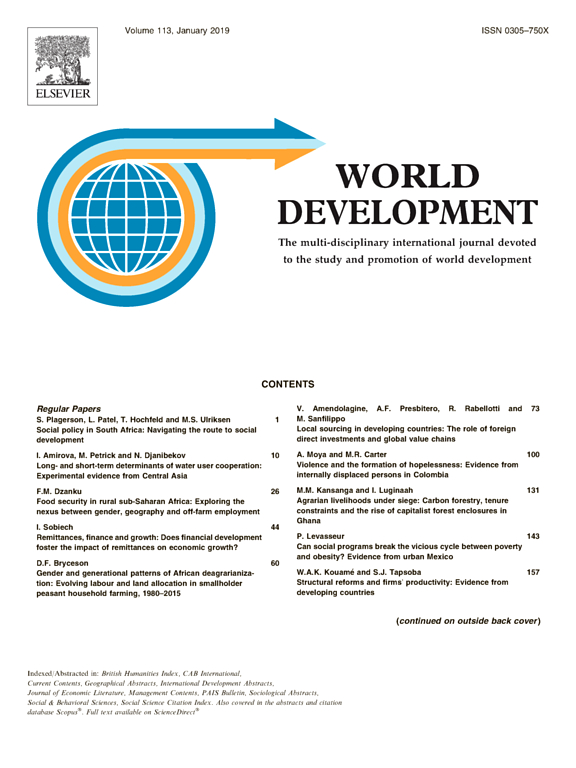Download:
DOI:
https://doi.org/10.1505/ifor.8.2.265Skor altmetrik:
Jumlah Kutipan Dimensi:
Tahun publikasi
2006
Penulis
Wollenberg, E.; Colchester, M.; Mbugua, G.; Griffiths, T.
Bahasa
English
Kata kunci
networking, community forestry, social participation, linkage, forest policy, community action, community development, diffusion of information
Geografis
Brazil, India, Kenya, Peru



















